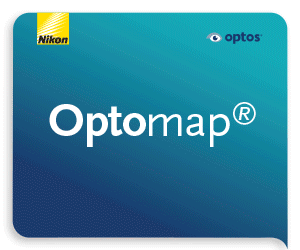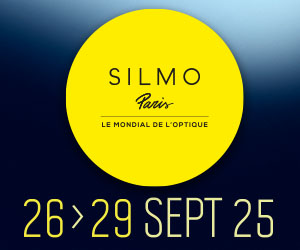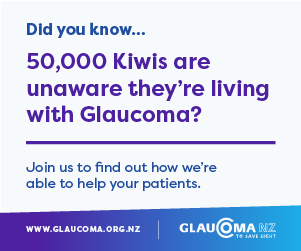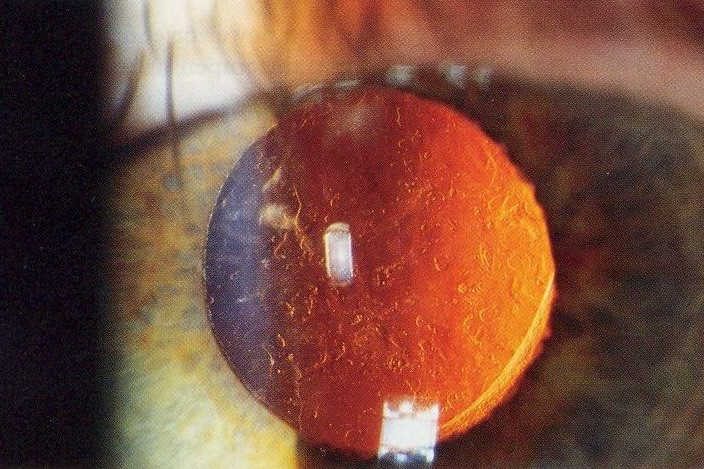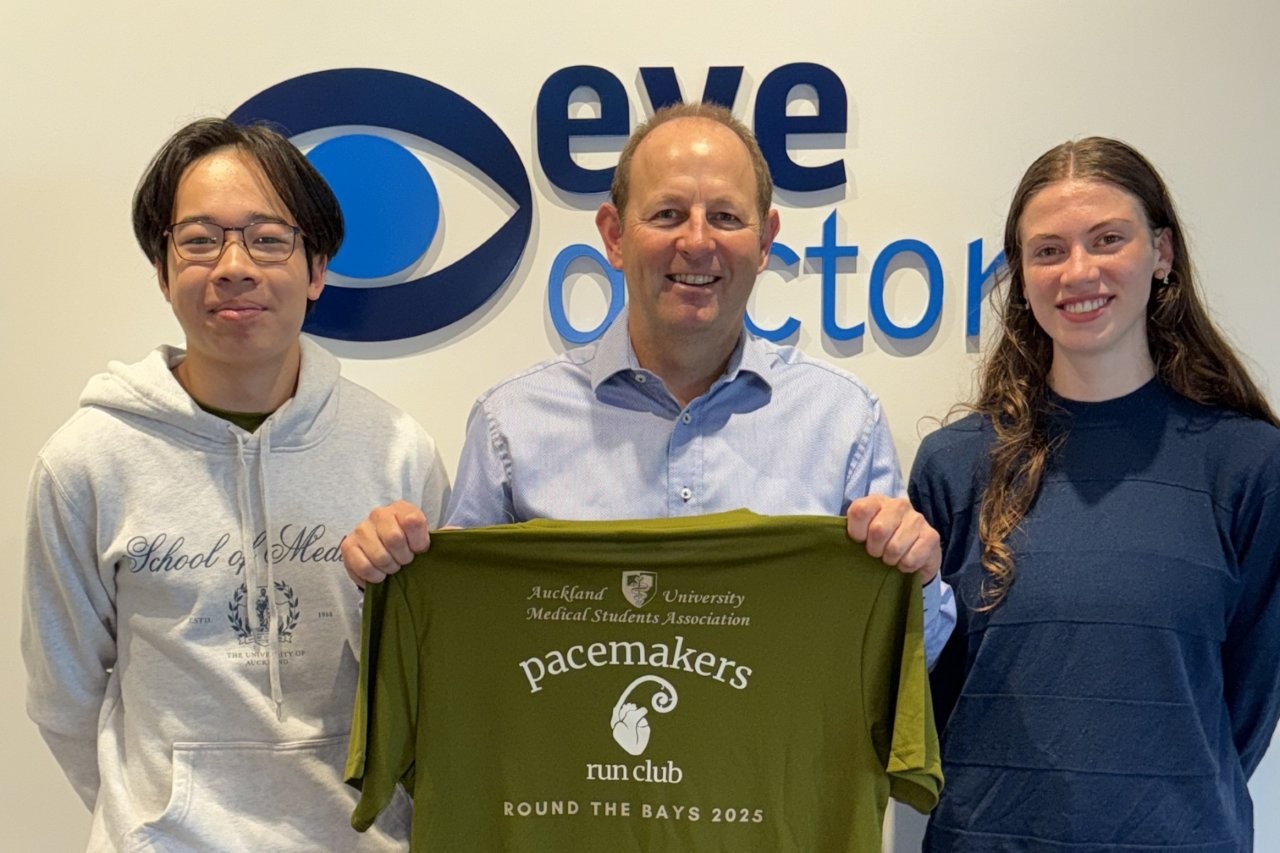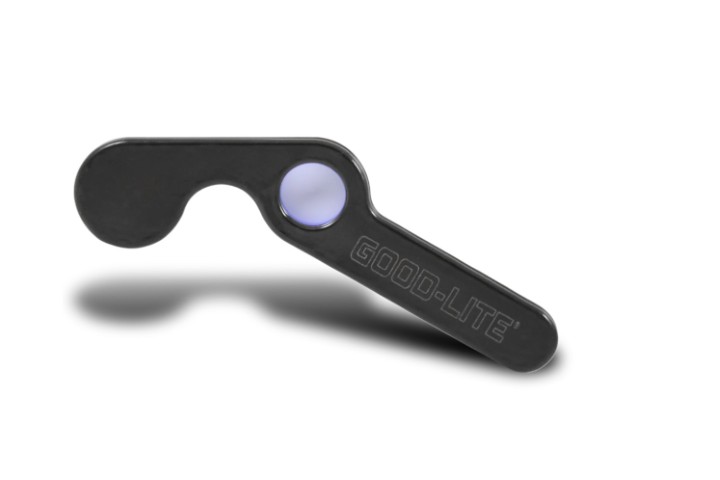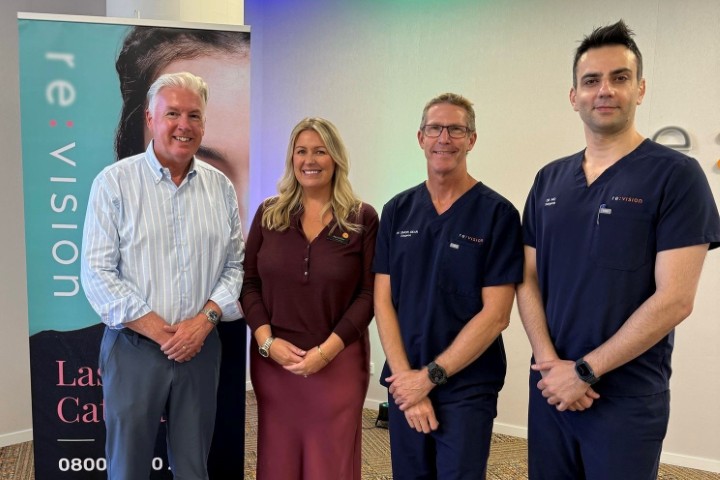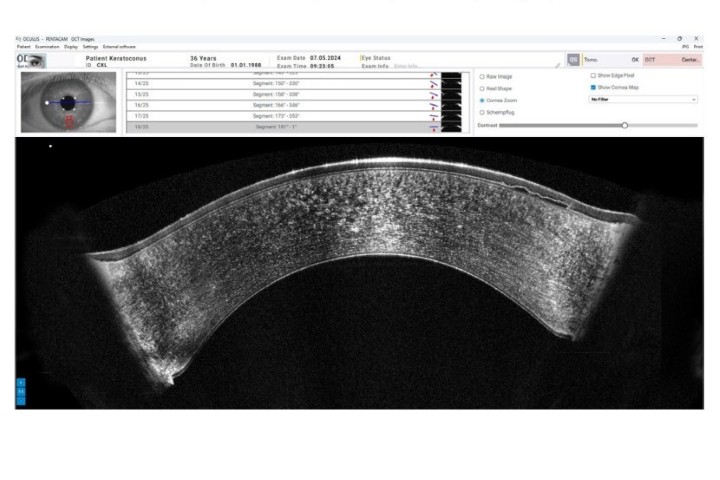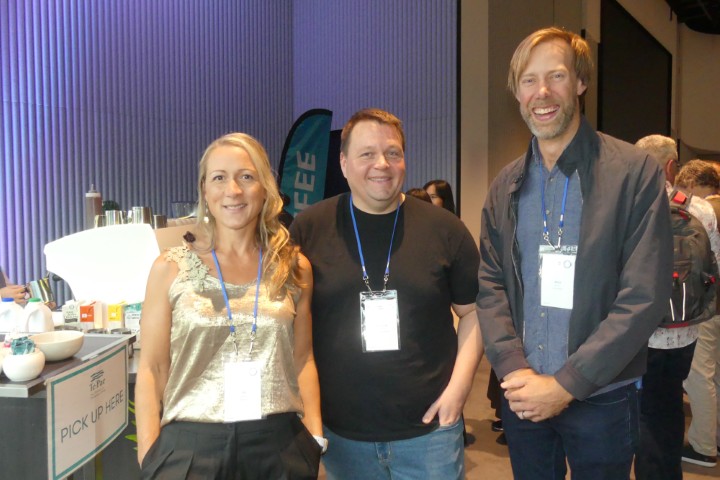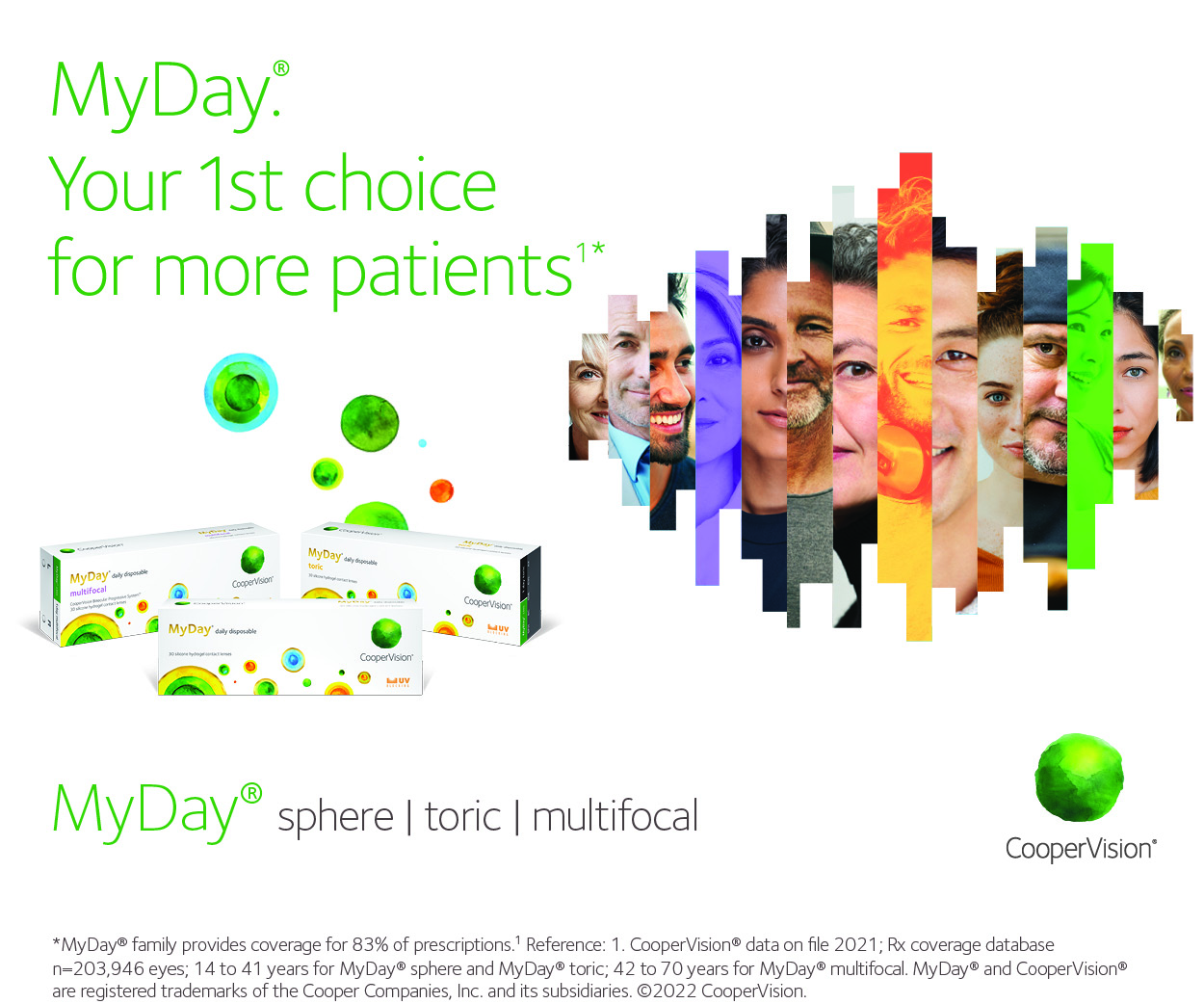YAG and IOLs
Poorly focused YAG laser shots to remove post-cataract posterior capsular opacification (POC) can result in irreparable damage to the intraocular lens (IOL) and permanently reduce vision quality.
The findings come from a newly published comparative study which assessed a range of hydrophilic and hydrophobic acrylic lens materials (12 different monofocal IOLs from nine manufacturers) for damage caused by Nd:YAG. The study authors, Austrian clinical ophthalmologists Drs Andreas and Eva-Maria Borkenstein, found the impact was greater on hydrophobic IOL materials compared with hydrophilic materials, likely due to the IOLs’ differing water content.
They also found chemical changes to the material caused by the procedure at the point of entry (area of the shot) and the surrounding area, appearing to be greater than what was visually observable. The position of the defect also plays a decisive role: if it’s located centrally in the visual axis (pupil centre), the effects are greater than if located peripherally.
“Ophthalmologists should also consider the position of YAG laser. Laser shots do not need to be placed in the central optical zone but in the periphery, so the chance of central pitting and negative effects on the optic is lower,” they said, adding results are likely to be worse with more advanced IOLs. “It can be assumed that pitting in IOLs with bifocal, trifocal or enhanced depth of focus design lead more easily to clinically significant optical phenomena than in monofocal IOLs.”
The authors undertook the study to “change the mindset” about YAG, they wrote in Ophthalmic Research. “YAG-capsulotomy should not be considered trivial but should be carried out with precision and without time pressure, just like surgery itself.”






